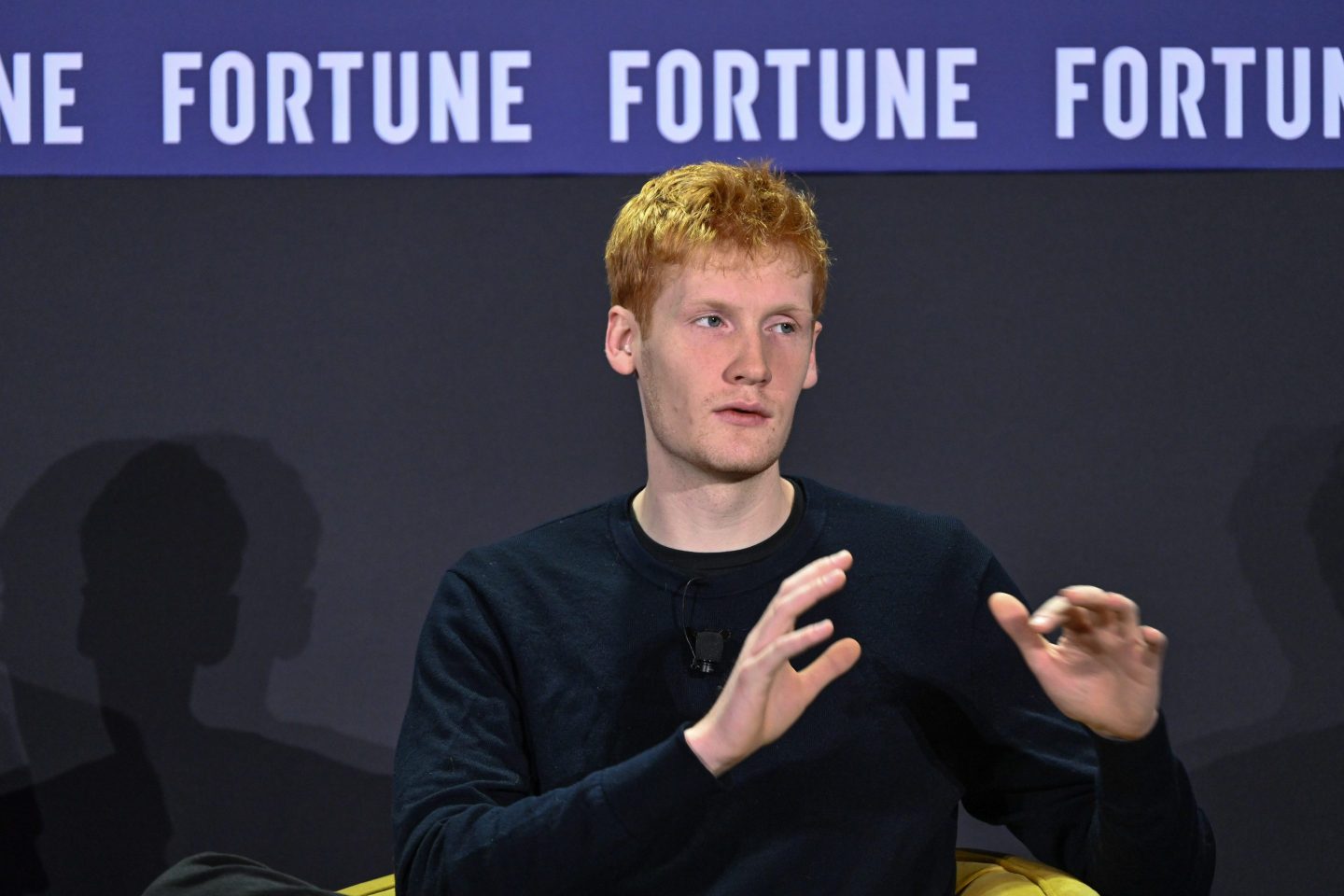Good morning. If you’ve ever spent an afternoon untangling an AI-generated report that looked convincing but made no sense, you’ve encountered “workslop.”
“Workslop” is AI-generated content that masquerades as good work but lacks the substance to meaningfully advance a given task. According to a recent study by researchers at BetterUp Labs and the Stanford Social Media Lab, about 40% of U.S. desk workers encounter workslop in a given month. Each incident takes an average of two hours to resolve, resulting in an estimated monthly cost of $186 per employee and $9 million in annual costs for a company with 10,000 employees.
This summer, I spoke with Michael Schrage, a research fellow at MIT Sloan’s Initiative on the Digital Economy, about AI prompt-a-thons—structured, sprint-based sessions for developing prompts for large language models (LLMs). I recently reconnected with him to discuss the implications of workslop.
His prediction: Workslop won’t just be a productivity cheat; it’ll become a governance and oversight challenge.
“Ultimately, serious senior management will demand workslop metrics the same way they demand quality metrics,” Schrage anticipates. “They’ll use LLMs to detect slop patterns in computational tasks—essentially, you’ll fight AI with AI.”
He continued, “We’ll soon see all kinds of countermeasures. You’ll tune or train ChatGPT or Gemini to recognize and filter slop before high-value humans have to waste time on it.”
The bigger question isn’t if or when organizations will develop slop detection, Schrage said. “It’s whether they’ll formalize it or keep it underground,” he explained. “If I suspect you’re giving me slop, I’m going to drop it into my slop detector—and then you and I are going to have a little conversation about your professional judgment. Slop detection should push people to thoughtfully step up instead of outsourcing their thinking to LLMs.”
Transparency and the new definition of “show your work”
At MIT, for example, Schrage confessed he’s basically given up on plagiarism detection and accepts that bright students cut corners with LLM help. But he wants people to be honest about their choices.
In his executive education classes, for example, he warns students: “If you’re using LLMs, all I ask is that you include your prompts. Show me how you’re prompting your work. That’s my notion of transparency and invisibility. If you won’t proudly share your prompts, then I’ll assert you’re faking what’s yours.”
“Frankly,” he said, “my bet is we’re going to see more and more organizations insist that showing your work means showing your prompts.” This will become even truer as multi-media/multi-modal LLMs join the enterprise, he added.
So perhaps certified public accountants will become certified prompting associates, he half-jokes. Maybe finance professionals will audit prompts much the way they now audit spreadsheets. Ultimately, transparency won’t be optional.
On the compliance side, Schrage offers a tactical workaround for companies worried about feeding proprietary data to LLMs: Do competitive analysis instead. Analyze publicly available data from competitors—earnings calls, projections, filings. “An FP&A department that can’t use LLMs with internal projections can still analyze competitor projections and incorporate those insights,” he said. “Sometimes the external view is more valuable anyway.”
“If I want to be provocative,” Schrage said, “I’ll predict your prompt history will soon matter as much as your performance reviews. Because performance reviews measure outcomes. Prompts reveal whether you can actually think.”
He added, “And there’s no hiding from that—no matter how smart your Copilot or LLM becomes.”
Sheryl Estrada
sheryl.estrada@fortune.com
Leaderboard
James G. Mackey was promoted to CFO of BankUnited, Inc. (NYSE: BKU), effective Nov. 10. Mackey was hired on July 23 and served as the senior EVP of finance from Aug. 15 to Nov. 10. Leslie N. Lunak, who has served as the CFO of the company since 2013, will continue as an executive advisor through January 2026.
Martino Cadoni was appointed CFO of DeepL, a global AI product and research company. Cadoni brings more than 15 years of international finance and technology leadership experience. He joins DeepL from Klarna, where he held senior leadership roles including head of strategic finance and investor relations, and led the divestment of Klarna Checkout. Cadoni previously also held senior finance roles at HSBC and GE.
Big Deal
While nearly nine out of 10 (88%) employees use AI in their daily work, their usage is mostly limited to basic applications, such as search and summarizing documents. Only a small number (5%) are using it in advanced ways to transform the way they work.
When AI adoption and new technology land on fragile talent foundations—weak culture, ineffective learning and misaligned rewards—the potential benefits of AI are significantly diminished, according to EY. Organizations that effectively integrate talent and technology unlock greater value, yet only 28% are on track to achieve this, according to the research.
The findings are based on a survey of 15,000 employees and 1,500 employers across 29 countries.
Going deeper
Overheard
"Market leadership tomorrow will be determined by your ability to embrace and direct change today."
—Phil Gilbert, IBM's former general manager of design, writes in a Fortune opinion piece. Gilbert is the author of "Irresistible Change: A Blueprint for Earning Buy-In and Breakout Success."













